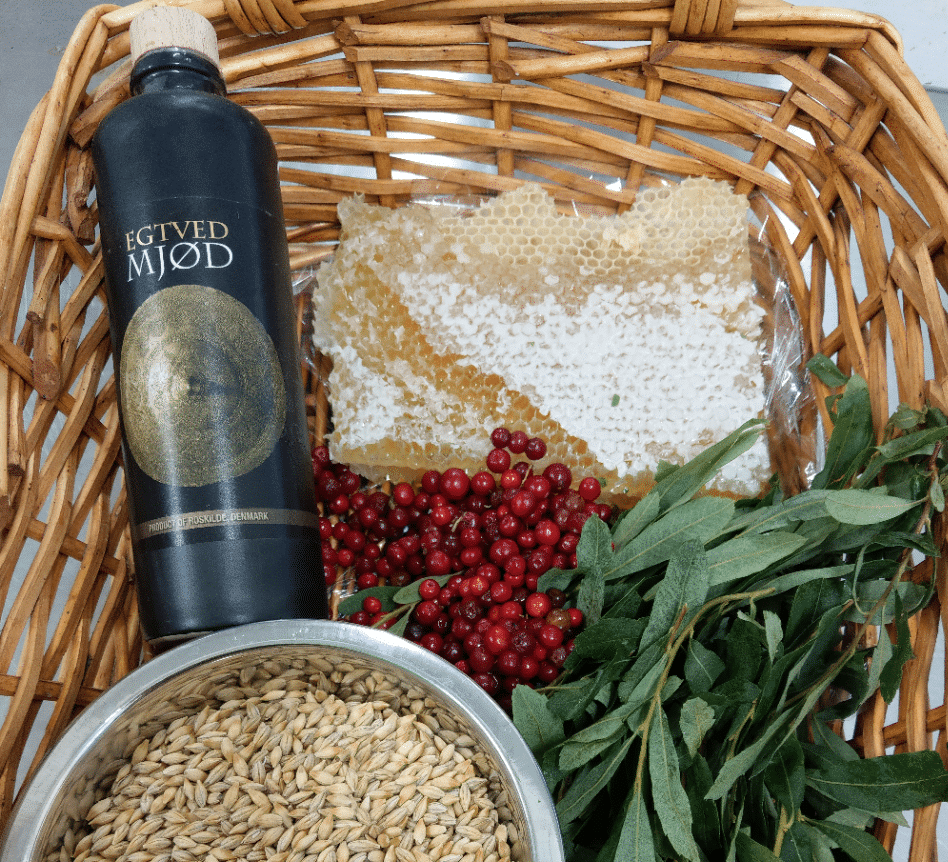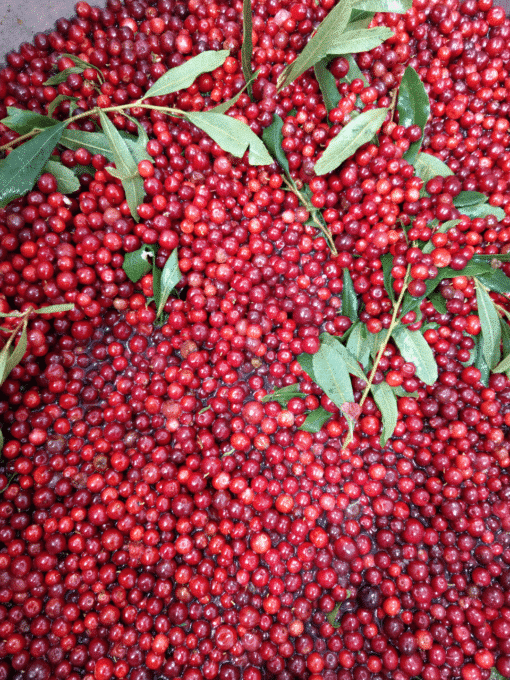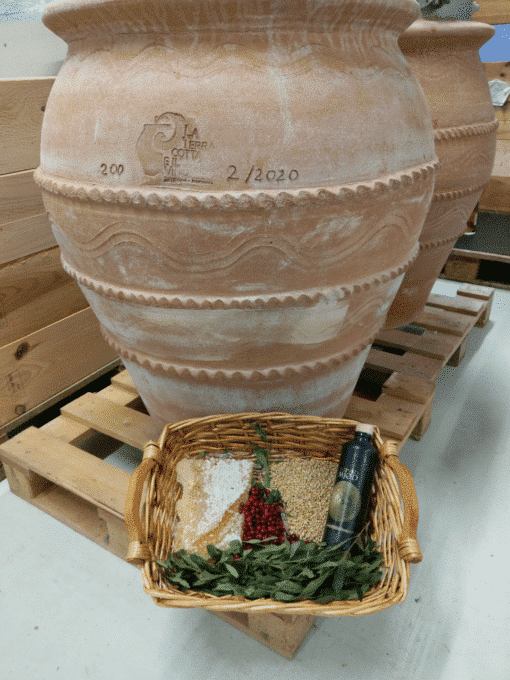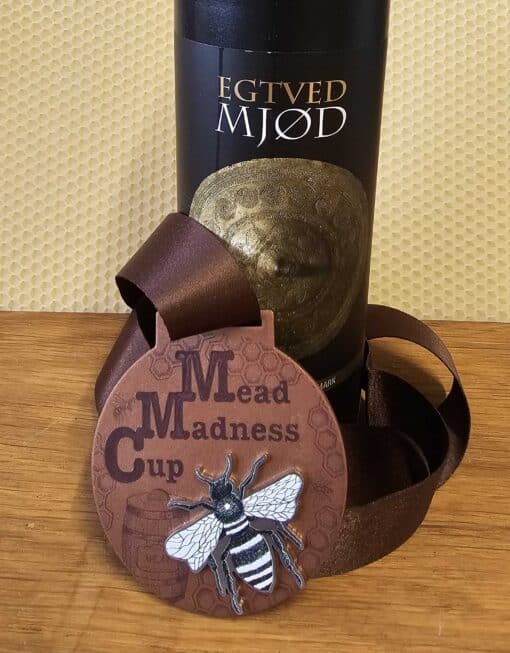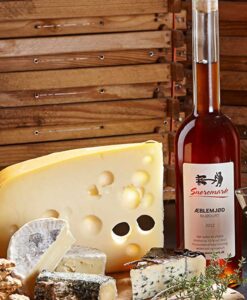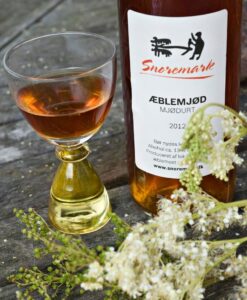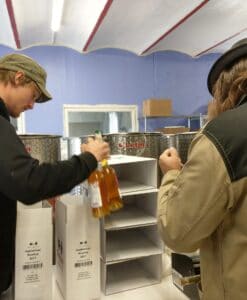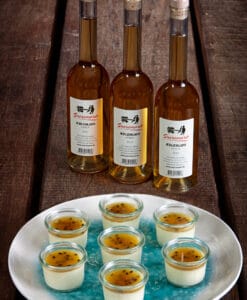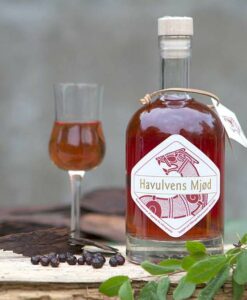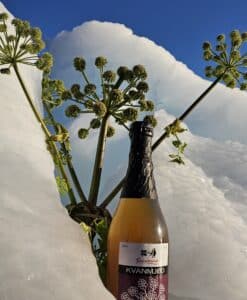At Snoremark, in collaboration with the National Museum of Denmark, we have recreated the mead that two famous and distinguished ancient Danish women took to their graves.
One was the Egtved Girl from Vejle and the other the Juelling Woman from Lolland, both are on display at the National Museum of Denmark along with the many grave goods they received on their journey to the afterlife.
Even though the two were buried 1,500 years apart – and there are hundreds of kilometers between the two burial sites – the analysis shows that they both received a mead brewed according to the same recipe with lingonberries, leek, barley and honey.
The Egtved girl lived in the Bronze Age, so we assume that her mead was brewed in large clay vessels, while the Juelling woman is from the Iron Age, so her mead may have been brewed in an iron-studded wooden barrel, which may have affected the taste. At Snoremark, we have chosen to brew Egtvedmjøden in our large Italian clay vessels.
We are often asked what the mead tasted like in the Viking Age. We don’t know because unlike the Bronze Age and Iron Age, the Vikings drank their own mead. They knew (due to ascetic beliefs) that Freyja poured mead to the dead when they arrived in Valhalla, so there was no reason to give Vikings mead in the grave.
Egtvedmjøden is the mead version that is closest in time to the Viking Age. The Juelling woman died about 500 years before the time period attributed to the Viking Age.
There has been some debate among researchers as to whether it was mead or beer that the two women took with them to their graves, because traces of sugar from malted grain, which is the basis of beer production, have also been found. They didn’t realize that the mead type braggot is brewed from a mixture of honey and malted grain.
Snoremark’s version of the Egtved Girl’s drink has won prestigious awards. In 2023, it took 3rd place at the European competition Mead Madness Cup and a gold medal at the Danish competition Mjødens Dag.
If you want to learn more about the two distinguished women who took mead to their graves, you can read more on the National Museum of Denmark’s website:
The Egtved Girl who lived 3,500 years ago and is buried in Vejle. The illustration on the label is a photo of the Egtved girl’s belt plate.
The Jelling woman who lived 2000 years ago and was buried on western Lolland with a beautiful drinking vessel from Rome with bronze vessels and fine glasses
id 7557

